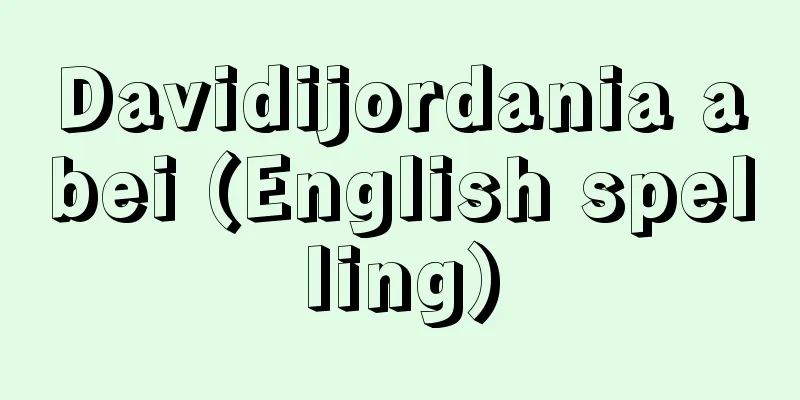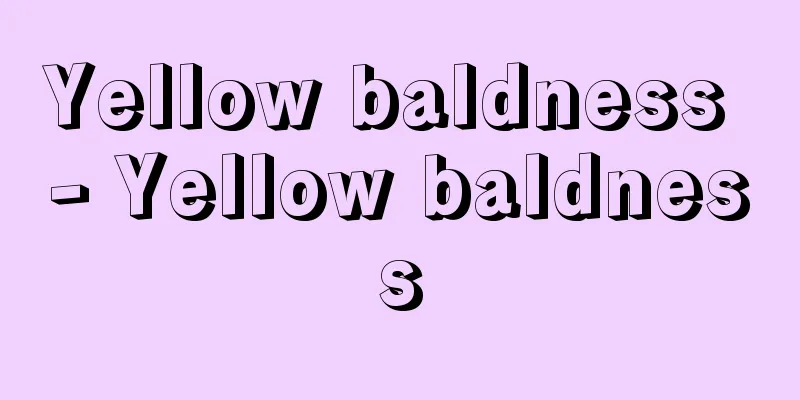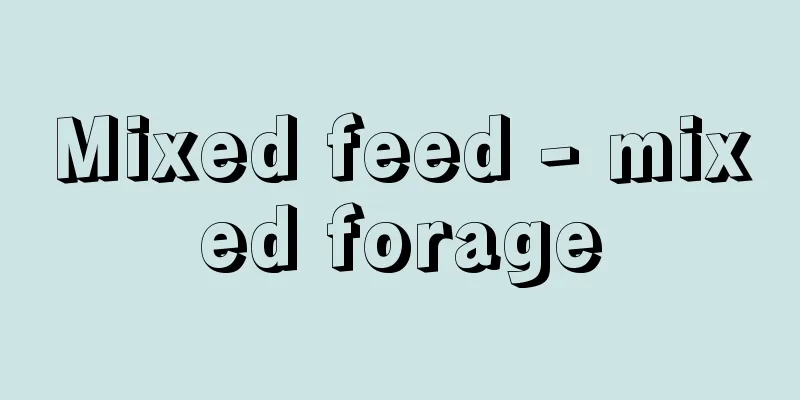Era name - Gengo

|
A calendar system that counts years from a fixed starting point (gen (beginning)), and refers to names given to certain years. Also called era names. The beginning of era names is said to be when Emperor Wu of Han in China designated 140 BCE as the first year of Kengen, and they were later used in neighboring countries as well. Japan is the only country that currently uses era names. The first era name in Japan was established in 645 when Emperor Kokutoku ascended to the throne, and was named "Taika." There are also so-called private era names (hidden era names) that are not recorded in official history, such as "Hokko" during the reign of Prince Shotoku and "Hakuho" during the reigns of Emperors Tenmu and Jito. The permanent use of era names began with "Taiho" in 701. In the past, era names were changed to mark the beginning of a new era, to celebrate the appearance of auspicious signs, and to prepare for emergencies following the Xinyou Revolution and Jiazi Revolution, which were based on the Chinese theory of divination, which said that "unusual events will occur in the years of Xinyou and Jiazi." One era per emperor became the rule after the Ming Dynasty in China and the Meiji Era in Japan. Even during the period of the samurai government in Japan, the authority to change the era name was reserved to the Imperial Court, and the Emperor made the decision and promulgated it by imperial edict. The old Imperial Household Law and other laws stipulated that the era name should be changed immediately after the Emperor ascended to the throne, but after World War II, this lost its legal basis, and "Showa" was used as a matter of convention. In 1979, the Era Law (Law No. 43 of 1979) was enacted, which stipulated that era names should be determined by government ordinance, and based on this, the era names "Heisei" was established in 1989 and "Reiwa" in 2019. For a long time, the source of the characters for the era name was Chinese classics such as Confucian scriptures (Four Books and Six Classics), historical records, and collections of essays, but the source of the name Reiwa is the Japanese classic, Manyoshu. Source: Encyclopaedia Britannica Concise Encyclopedia About Encyclopaedia Britannica Concise Encyclopedia Information |
|
起算点(元〈はじめ〉)を定めて年数を数える紀年法の一つで,一定の年数につけられる名称をさす。年号ともいう。中国,漢の武帝が前140年を建元元年と定めたのが元号の始まりとされ,その後近隣諸国でも使用されるようになった。現在元号を使用している国は日本だけである。日本で初めて元号が制定されたのは孝徳天皇即位の 645年で,「大化」と名づけられた。聖徳太子の時期の「法興」や天武天皇~持統天皇期の「白鳳」など正史に記されていない,いわゆる私年号(逸年号)もある。元号が永続的に使用されるのは 701年の「大宝」からである。改元は,かつては代始めという理由のほかに,めでたいことの前ぶれ(祥瑞)の出現を祝ったり,「辛酉,甲子の年には異変が起こる」という中国の讖緯説に基づく辛酉革命・甲子革令説をうけて変事に備えたりするために行なわれていた。一世一元となったのは中国では明,日本では明治以後である。日本では武家政権の時代でも改元の権限は朝廷に保留され,天皇が決裁し,詔書をもって公布された。天皇践祚ののち,ただちに元号を改めることは旧皇室典範などで規定されていたが,第2次世界大戦後,法的根拠を失い,慣例的に「昭和」が使用された。1979年元号を政令で定めるとした元号法(昭和54年法律43号)が制定され,これに基づき 1989年に「平成」,2019年に「令和」の元号が定められた。元号の文字の典拠は長らく儒教の経典(→四書,六経)や史書,文集などの中国の古典であったが,令和は日本の古典『万葉集』が典拠であるとされた。
出典 ブリタニカ国際大百科事典 小項目事典ブリタニカ国際大百科事典 小項目事典について 情報 |
<<: Health management - kenkou kanri
>>: Extinction - Genkou (English spelling)
Recommend
Airport - kuukou (English spelling) airport
An airport is an airport that is open to the publ...
Mr. Inada - Inadauji
A samurai family in the early modern period. The c...
Gadsden, J.
...refers to the purchase of territory by the Uni...
Oven cooking - Oven cooking
...Fried foods are heated in liquid, and the heat...
Calathea aloia - Calathea aloia
...There are also other beautiful species with li...
Winkler, H. (botanist) - Winkler
…It is named after the Greek mythological monster...
Legal Socialism
A position that seeks to realize the ideal of soci...
Mr. Ogasawara - Ogasawara-uji
The Kai Genji clan, whose ancestor was Shinrasabu...
āvarta (English spelling)
…The Teen-Taal divides the 16 Matras into four gr...
Hokkeji Temple
A nunnery of the Shingon sect located in Hokkeji-...
Fernand Pelloutier
1867‐1901 French journalist and labor leader. He i...
Roti (English spelling)
A general term for bread made in North India. It i...
Kabuki dance - Kabuki Buyo
One of the early modern Japanese dances. It is als...
Dog run - Inubashiri
An architectural term. Originally meaning a space...
Olympic Era - Olympic Kigen
...However, since the number of tribes increased ...









